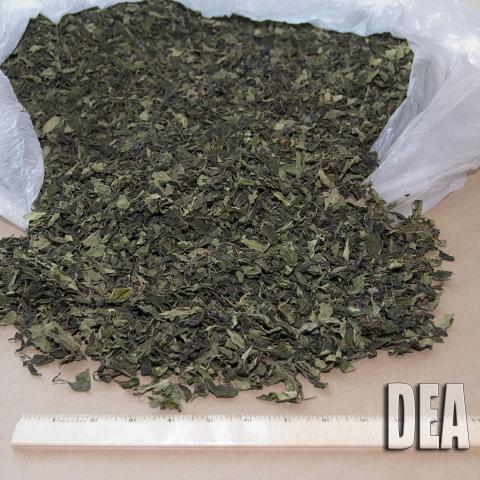
Khat
StimulantsWhat is Khat?
Khat is a flowering evergreen shrub that is abused for its stimulant-like effect. Khat has two active ingredients, cathine and cathinone.
Street Title
Abyssinian Tea, African Salad, Catha, Chat, Kat, Miraa, Oat, Qat, Quaadka
How are they abused?
Khat is typically chewed like tobacco, then retained in the cheek and chewed intermittently to release the active drug, which produces a stimulant-like effect. Dried khat leaves can be made into tea or a chewable paste, and khat can also be smoked and even sprinkled on food.
What is their effect on the body?
Grandiose delusions, paranoia, nightmares, hallucinations, and hyperactivity. Chronic khat abuse can result in violence and suicidal depression. Khat causes an immediate increase in blood pressure and heart rate. Khat can also cause a brown staining of the teeth, insomnia, and gastric disorders. Chronic abuse of khat can cause physical exhaustion.
What are its overdose effects?
The dose needed to constitute an overdose is not known, however it has been historically associated with those who are long-term chewers of the leaves.
Symptoms of toxicity include:
-
Delusions, loss of appetite, difficulty with breathing, and increases in both blood pressure and heart rate.
Additionally, there are reports of liver damage (chemical hepatitis) and of cardiac complications, specifically myocardial infarctions. This mostly occurs among long-term chewers of khat or those who have chewed too large a dose.





